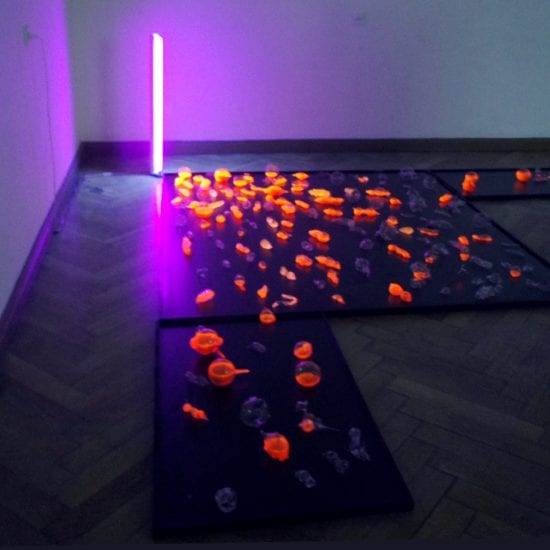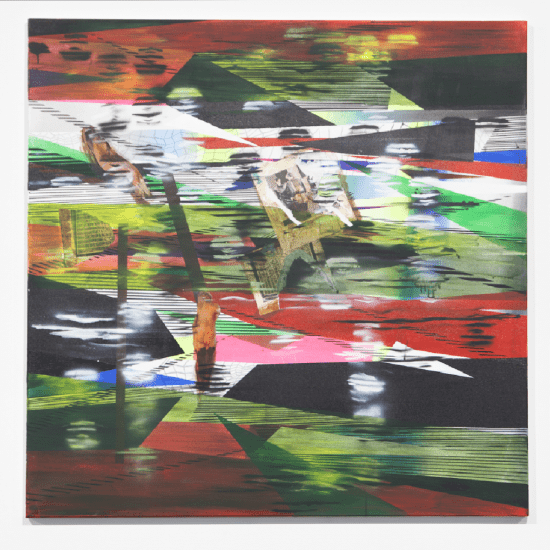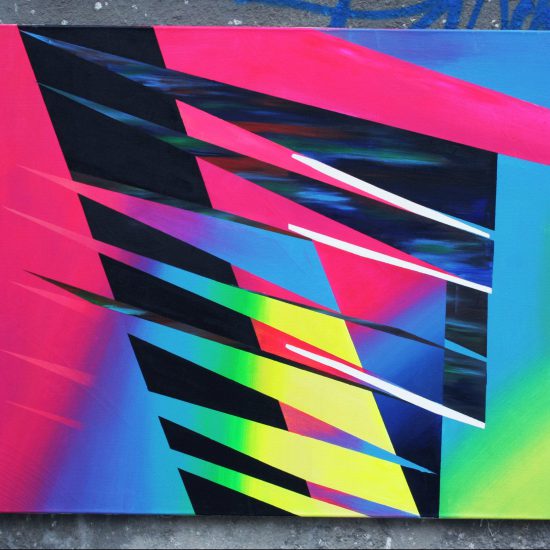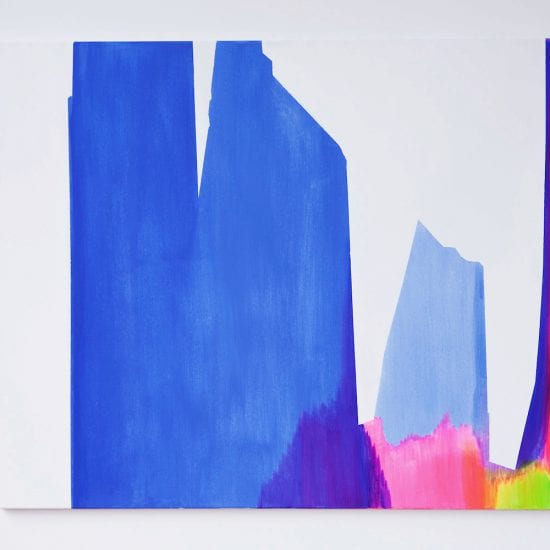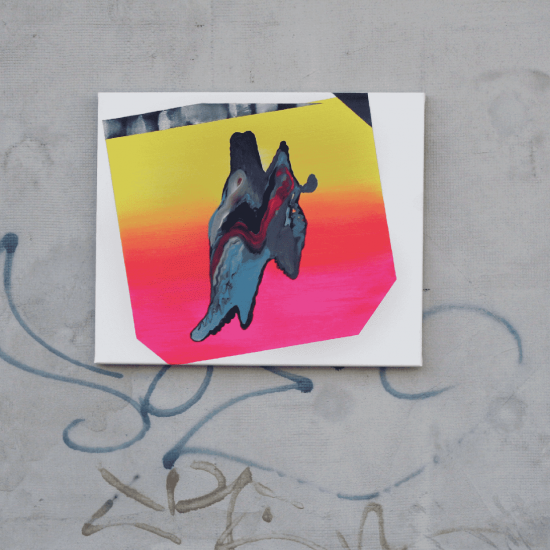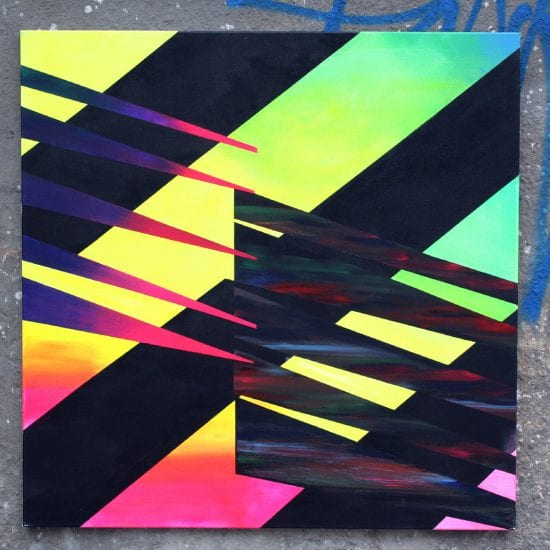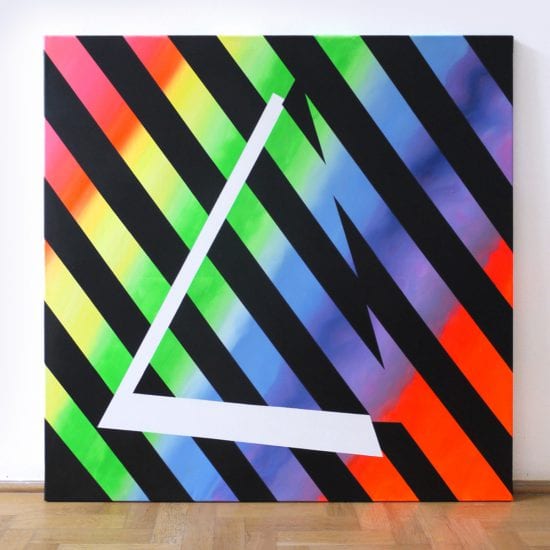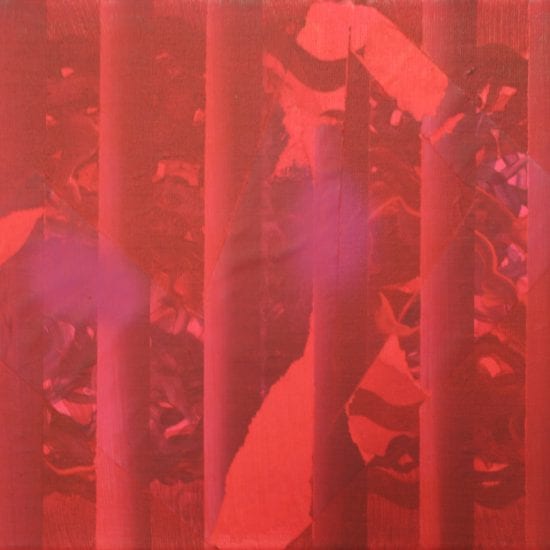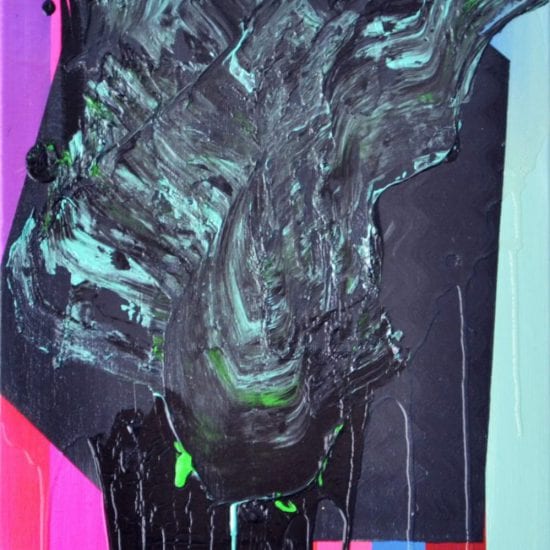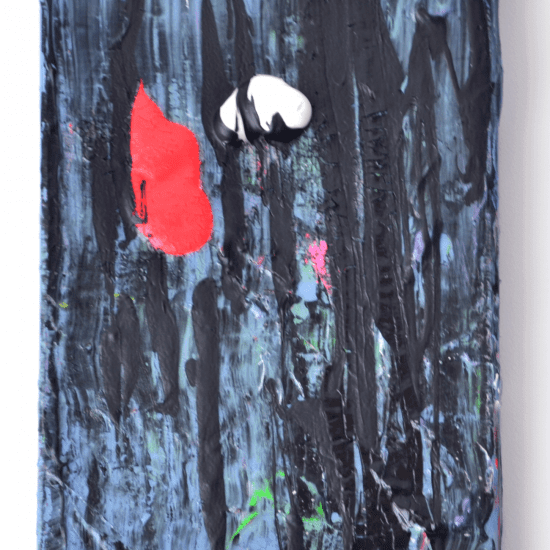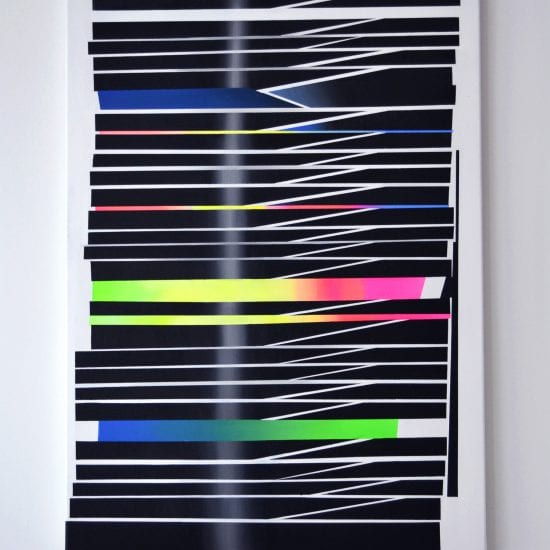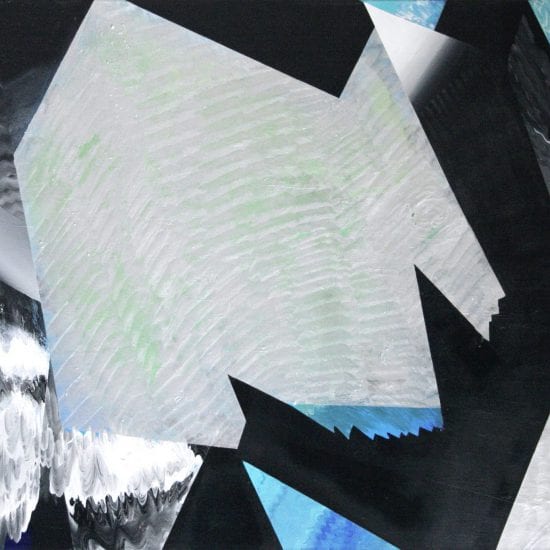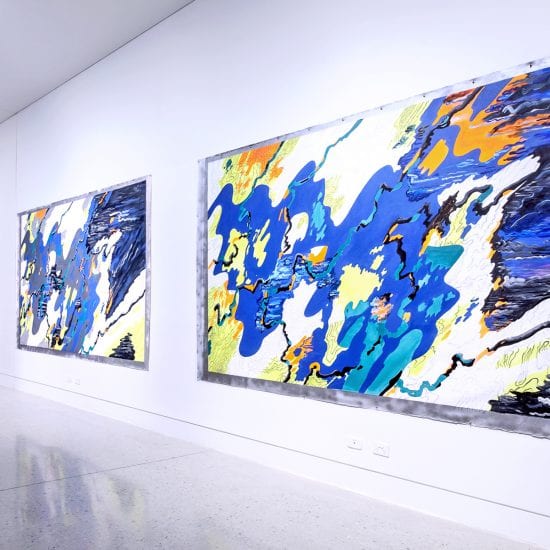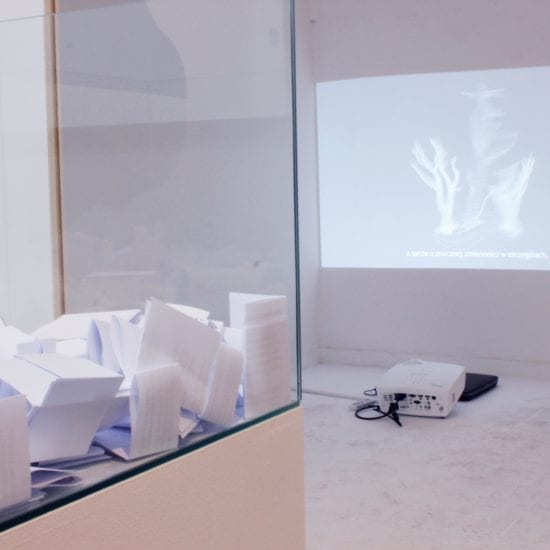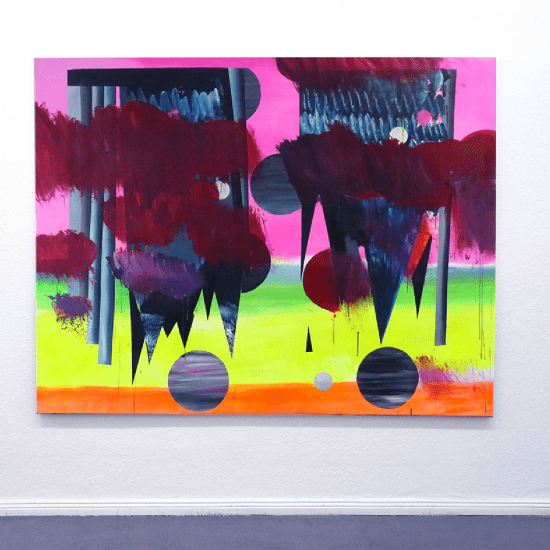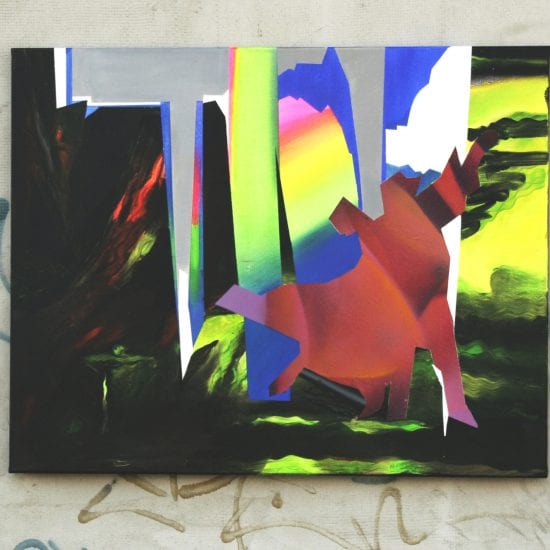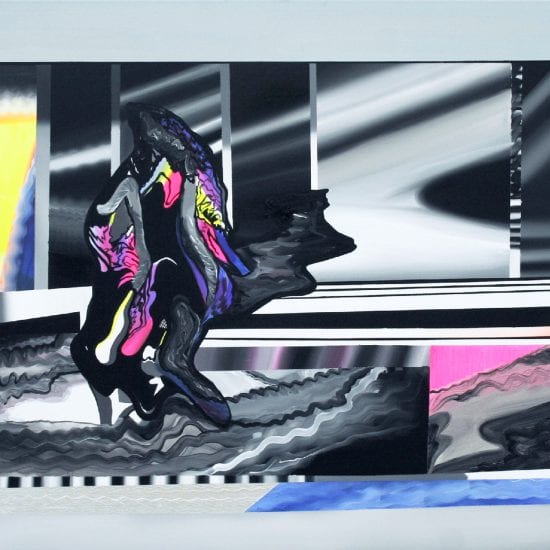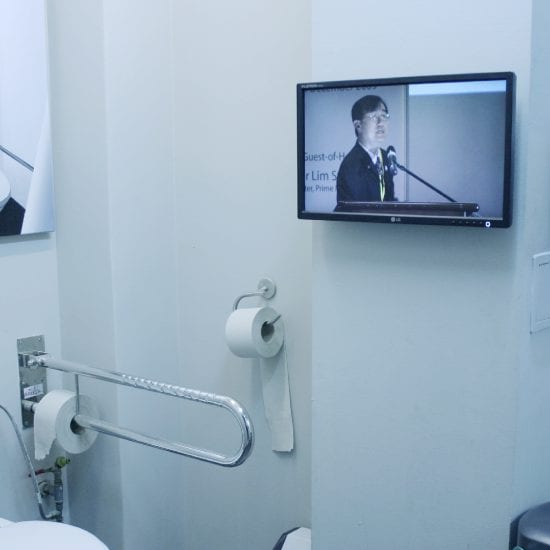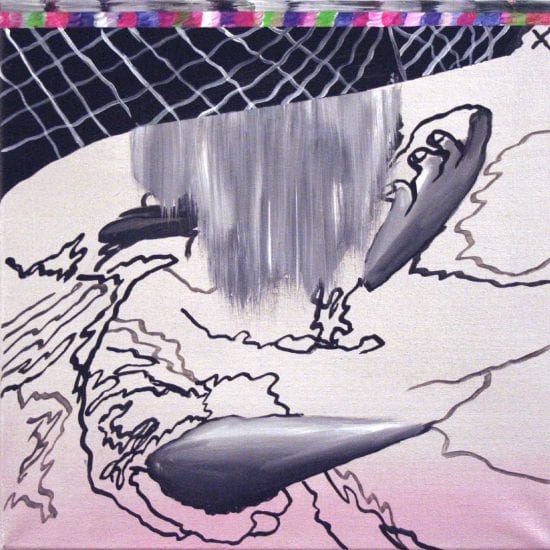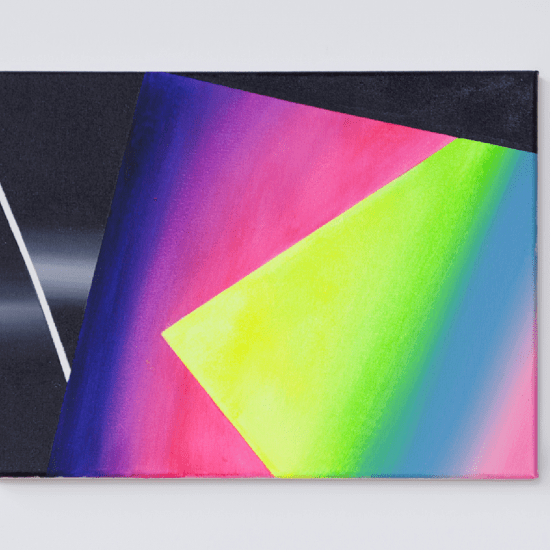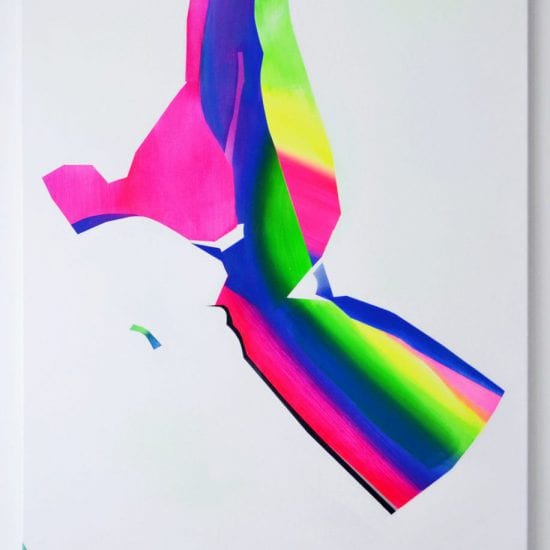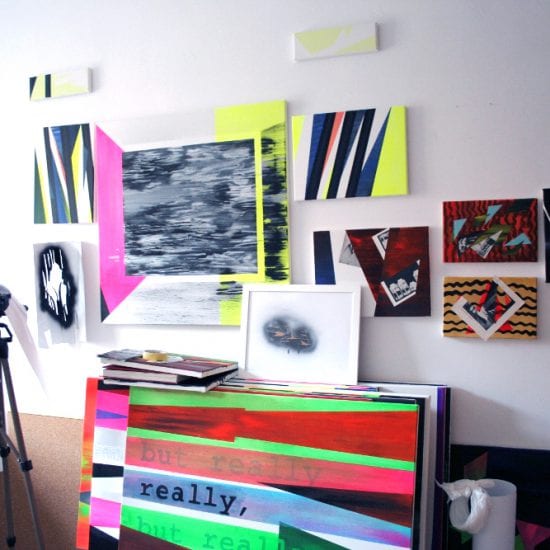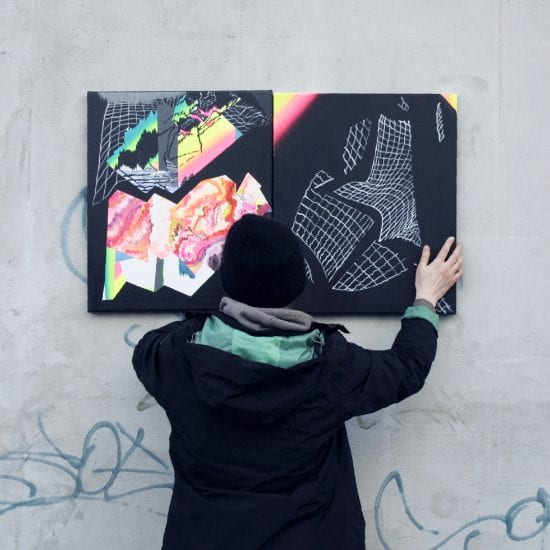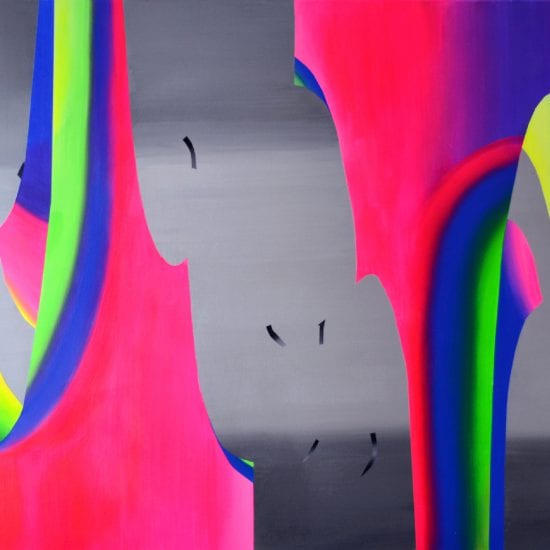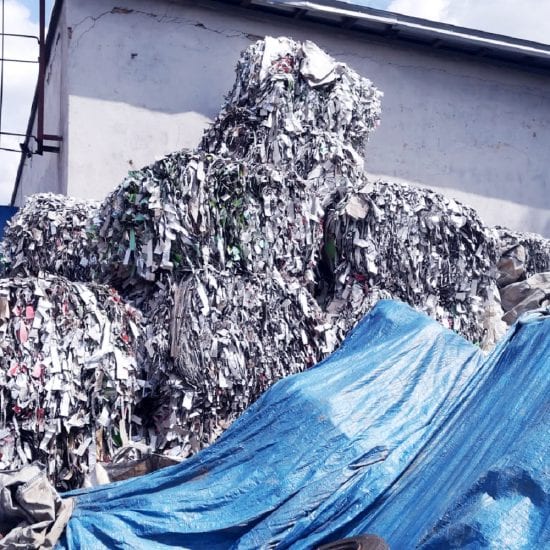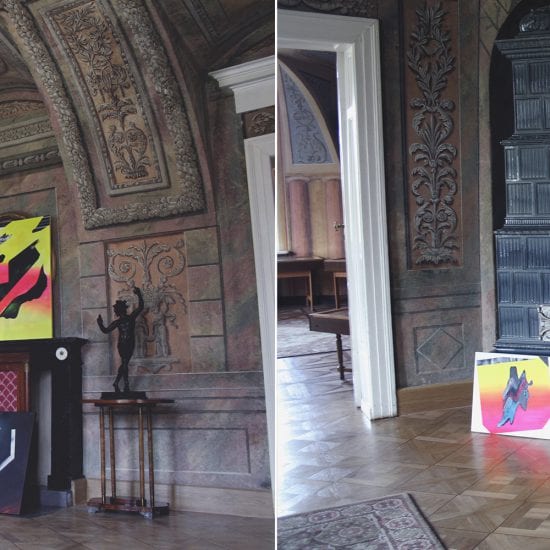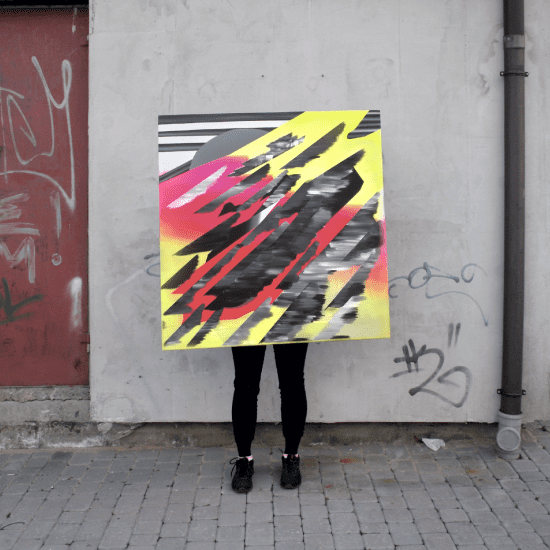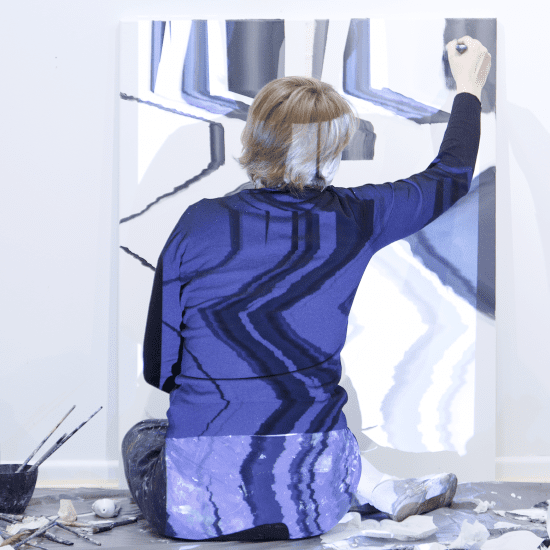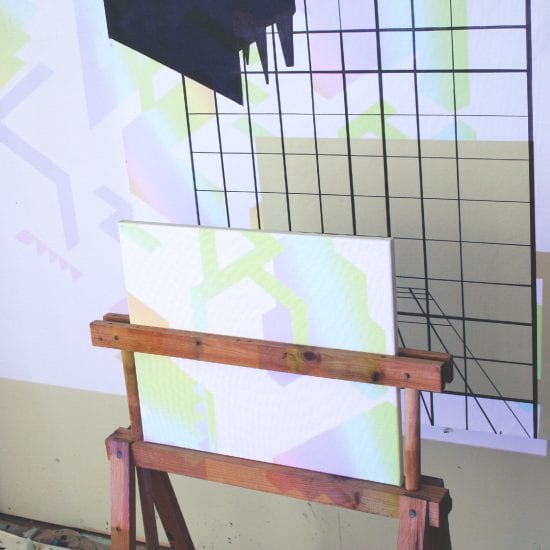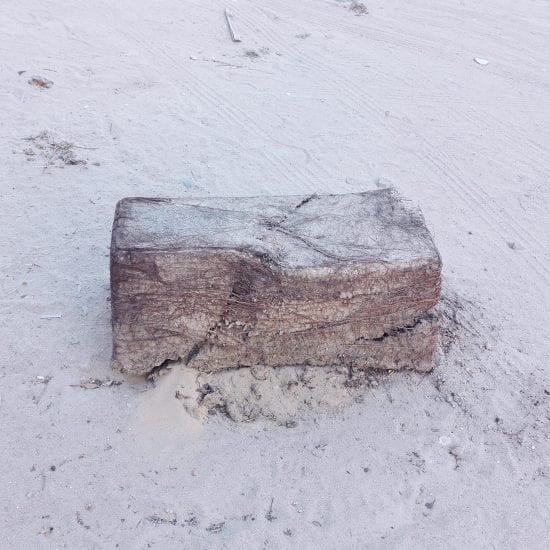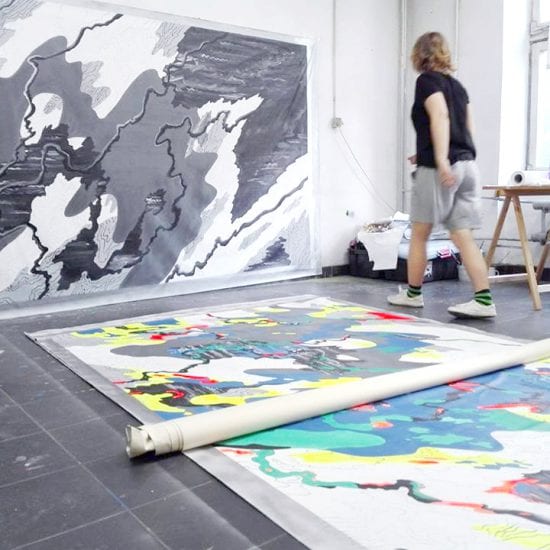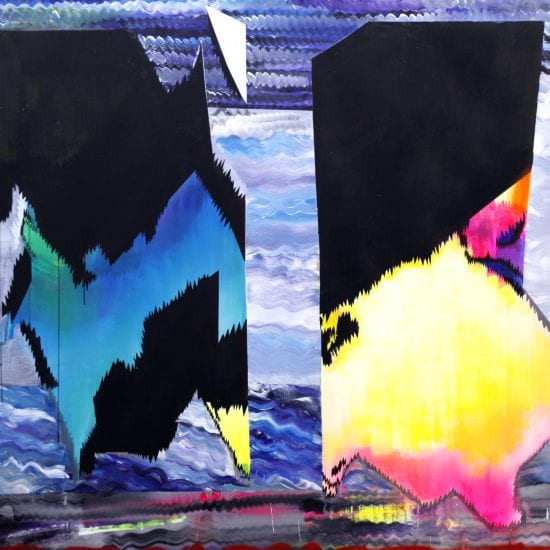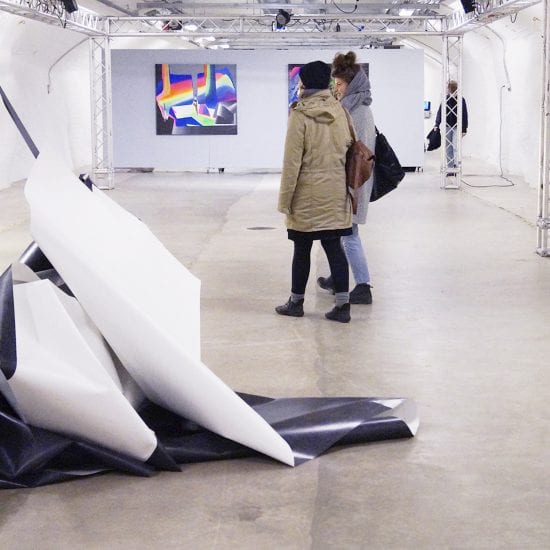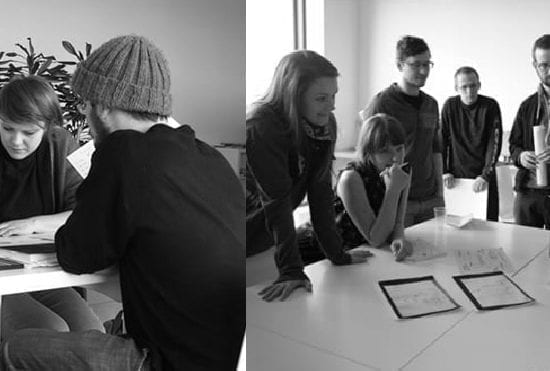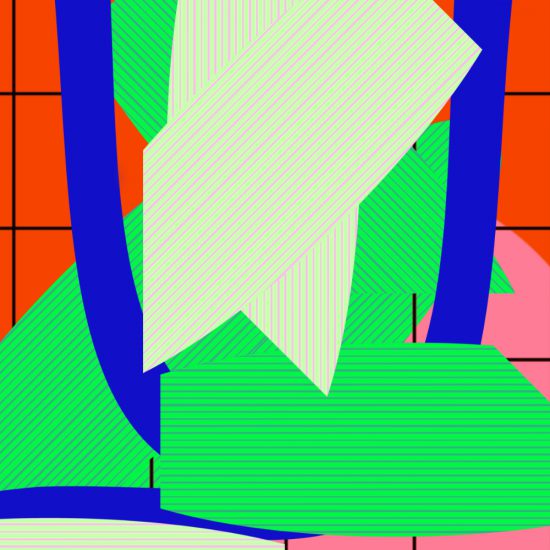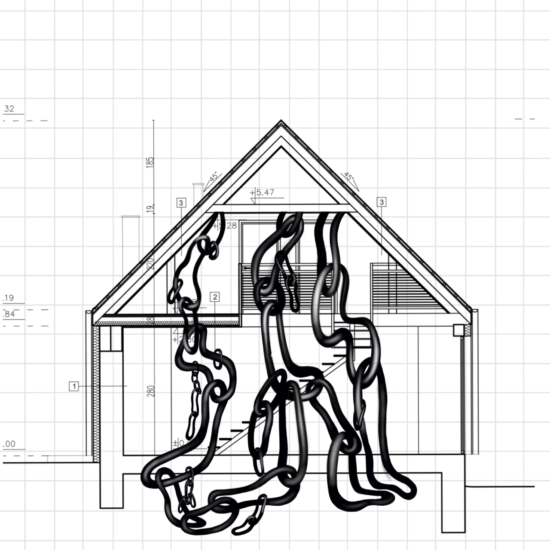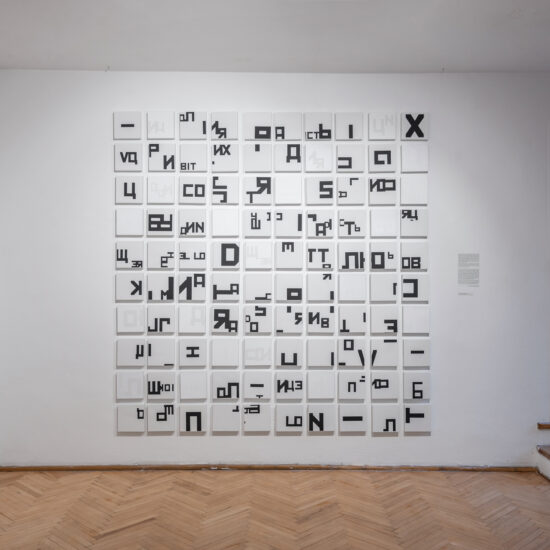THEORETICAL THINKING AND WRITING IN ART – ASSIGNMENTS FOR NODE COURSE
Writing while thinking
The first review for this course I censored by myself and it sits silently on my google disc. This is the second one. It’s not going to be a review of one article, but rather some loose observations based on a few sources.
I’ve read in the Guardian:
1. ‘Much of the experience is meant to be horrible’. Hito Steyerl review by Adrian Searle (1).
2. ‘The Serpentine’s Sackler gallery should be unnamed’, an interview with Hito Steyer by Hettie Judath (2).
I’ve also watched:
1. An Interview with an artist on a Serpentine Gallery website (3).
2. A video: ‘Is the Museum a Battlefield’ found on AQNB website (4).
Now. They are a couple of reasons why I decided to write on the subject. Firstly, it felt kind of personal and closer to refer to, as I had an opportunity to meet the artists personally.
When I still was a doctoral candidate in 2013, Steyerl had tutorials in Kuvataideacademia (currently University of the Arts in Helsinki) that I was studying in. She was already quite popular at that time, not only in Helsinki but also in Berlin. She was supervising some of my colleagues’ doctoral thesis, was active internationally – both lecturing and exhibiting.
I remember that I was impressed by how skillful she was in the theoretical part of her artistic activities. At the same time, I wasn’t that convinced by her videos (that I have seen for the first time in the Venice Biennale). Particularly, because I found them less crafted in comparison to her texts. BTW. to defend the craft at that time in some intellectual circles equaled committing artistic harakiri or allowing oneself to be ostracized among own colleagues.
For me, there was some kind of virtuosity in Hito’s thinking and writing, contrary to her ability to communicate through visuals. Some might say that her videos have a meta-level of edginess, intentional clumsiness, some sort of heta – Uma (bad but good, poorly done, but with aesthetic consciousness) qualities. However, I was suspicious. I thought that if she puts so much energy into writing and thinking, she cannot have enough time ‘to craft’ her filming. At the end of the day, I thought, it’s impossible to redistribute creative energy equally among all activities.
By that time I didn’t know that her documentary-style came as an aftereffect/ an influence of Harum Farocki’s ‘method’ in which research takes the main position in constructing an artwork and is accompanied/ visualized by a collage of images. Today, I still think that the visual content that she is producing is not sufficiently explored. I also think that this attitude says more about my expectations than her art per see.
Secondly, when I’ve read the review of her exhibition in the Serpentine Sackler Gallery I immediately wanted to know more. I thought I didn’t fully get it. Reading fragments of it, I supposed, the Guardian’s reviewer would conclude harshly. After all, he was writing that: ‘Steyerl’s latest project is difficult to approach’, ‘To begin with, I hated it’. ‘I am far from immune’. However, he did not.
Adrian Searler continued: ‘Steyerl’s show is a gigantic conceit, a meta-fiction, a tease. I think much of the experience is meant to be horrible’, and ‘With this complicated splicing of fact and fantasy, social reality and grim futurology, Steyerl sucks us in. But don’t get too seduced, she seems to be saying. Along with the fun stuff and the pretty flowers in the gallery, life for many people is hell. Hear their voices, walk with them.’
I also assumed that the review will focus on issues surrounding the exhibition, such as funding of the gallery by the Sucler’s family, or even the existence of the show within the institution. Surprisingly, the reviewer had a rather old fashioned – I would even say the modernistic approach. He focused on the form and content of it… I said old fashioned because sometimes reading art reviews, I found them written about everything, but not art. In this sense his review was different.
On the other hand, there was something else that bothered me. The text was tiptoeing around the real issues in the show; the author was hesitant to make a stronger critique. Was his writing authentic? I asked. It’s hard to judge.
This reminded me, on the other hand, of two cartoon drawings made by Grayson Perry that I found in his book: ‘Playing to the gallery’. In the chapter: ‘Does democracy have a bad taste’, Perry brings two sketches on which we can see a couple looking at Chuck Close’s painting and a cartoon strip that surrounds it. On the first strip, a comment made by a couple, says: Ooh, That is clever, looks just like a photograph. I wish I could draw as well as that. On the second one, a different couple (holding glasses of wine that implies connections with the artworld) mentions: I love these early Chuck Close drawings, they say so much about the redundancy of artistic skill, the blank futility of all that effort.
In a way, I felt like two people were writing the review. So to speak, ‘a regular visitor’ and an art critic. A critic prevailed. I finished with the text of Adrian Searle.
I’ve changed the page and started with an interview with Steyerl titled: The Serpentine’s Sackler gallery should be unnamed. Here, Hettie Judath begins by outlining the context where the interview and the exhibition take place. She writes: ’This is the glam version of Kensington, all Fendi bags and Belstaff jackets. But what interests my dining companion, the German artist Hito Steyerl, is what happens when you dig beneath Kensington’s upper crust’.
After that, she described closer the silhouette of the artist – although relatively unknown in the UK, she is already acknowledged by the art world; for example, her name is listed in ArtReview magazine’s Power 100. She suggestively builds an interviewee’s authority gradually changing the topic. Now it’s time to discuss the exhibition. Augmented reality, monitors, and smartphone screens – it is a mixture of digital and real. Here, futuristic, fictional plants intertwine with the interviews of the people walking on Kensington park, the soundtrack with the artist’s voice & calming ambient music.
The last few things are not, however, mentioned by Judath. I learned about them from the previous text. From now on both interlocutors will talk about the relationships of the exhibition with the Sacler’s ‘issue’ (some of the members of the Sucler’s family are facing lawsuits related to the American opioid crisis). Generally, Steyerl criticizes family – institution connections, proposing ‘unnaming’ / removing the Sacler’s name from the name of the gallery. During the interview she mentions even that the show is about: ‘non-opioid-based ways of medication’… Much of the rest of the talk tackles things close to her artistic practice: surveillance, migration, and the movement of capital.
While reading both texts, I asked myself, why she did not withdraw from the show? Yes, it’s possible that she did not fully handle the form, but I doubt she’s a hypocrite. I’ve started to dig deeper. I’ve found an old video of her: Is the Museum a Battlefield ? – she asks. Pointing to doubtful relationships of art museums and a weapon industry she brings a metaphor of a feedback loop to justify her decision to stay in the art world. She explains: ’After I found myself in such a loop, I made a decision. Rather than withdraw from such spaces because of their connections with the military, violence, and gentrification, I would on the contrary (…) try to reverse the direction (of it), just to see what strange the physical effect might happen.’
Well. Her reasoning is logical and her argument convincing.
(1) https://www.theguardian.com/artanddesign/2019/apr/12/hito-steyerl-serpentine-sackler-building-should-be-unnamed
(2) https://www.theguardian.com/artanddesign/2019/apr/10/hito-steyerl-review-serpentine-sackler-gallery-london
(3) https://www.serpentinegalleries.org/exhibitions-events/hito-steyerl-power-plants
(4) https://www.aqnb.com/2014/04/16/an-interview-with-hito-steyerl
